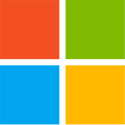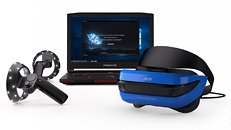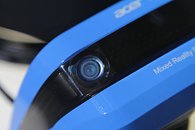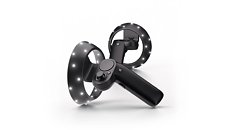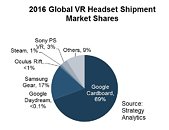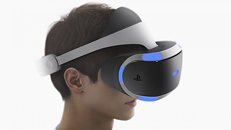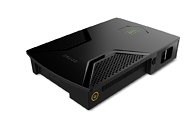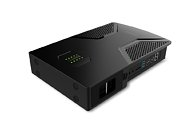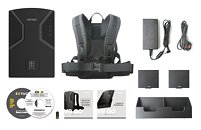Bethesda's E3 Press Conference: Dishonored, Wolfenstein, Fallout 4 VR, and more
At Bethesda's E3 press conference, the company revealed a slew of new games that it had kept relatively well hidden until now. First up (and you'll forgive me for the not so random order of coverage for these), there's the upcoming Dishonored stand-alone expansion (it's been a while since we've seen one of those, uh?). Dishonored: Death of the Outsider, whose title should send your mind reeling if you know something about Dishonored lore, will follow Billie Lurk (which you might recognize from Dishonored 2) as she attempts to bring death to the Outsider on Daud's behest. She now has what seems like bionic implements in the shape of an arm and an eye, and interestingly, what would be the Outsiders' powers seem to have been substituted by a tech-based approach. Dishonored: Death of the Outsider drops on September 15th this year.
Another game showcased by the company is Wolfenstein II: The New Colossus, which once again follows B.J. Blazkowicz; this time, after the events in Wolfenstein: The New Order. Take the fight back to the Nazi regime once again, with Wolfenstein's signature graphics language and gameplay. The games' graphics have been (naturally) upgraded, and in particular the particle effects seem to have been pumped up significantly. The game drops on October 27th this year. You might even encounter another grammar Nazi in the game. Who knows...
Another game showcased by the company is Wolfenstein II: The New Colossus, which once again follows B.J. Blazkowicz; this time, after the events in Wolfenstein: The New Order. Take the fight back to the Nazi regime once again, with Wolfenstein's signature graphics language and gameplay. The games' graphics have been (naturally) upgraded, and in particular the particle effects seem to have been pumped up significantly. The game drops on October 27th this year. You might even encounter another grammar Nazi in the game. Who knows...


